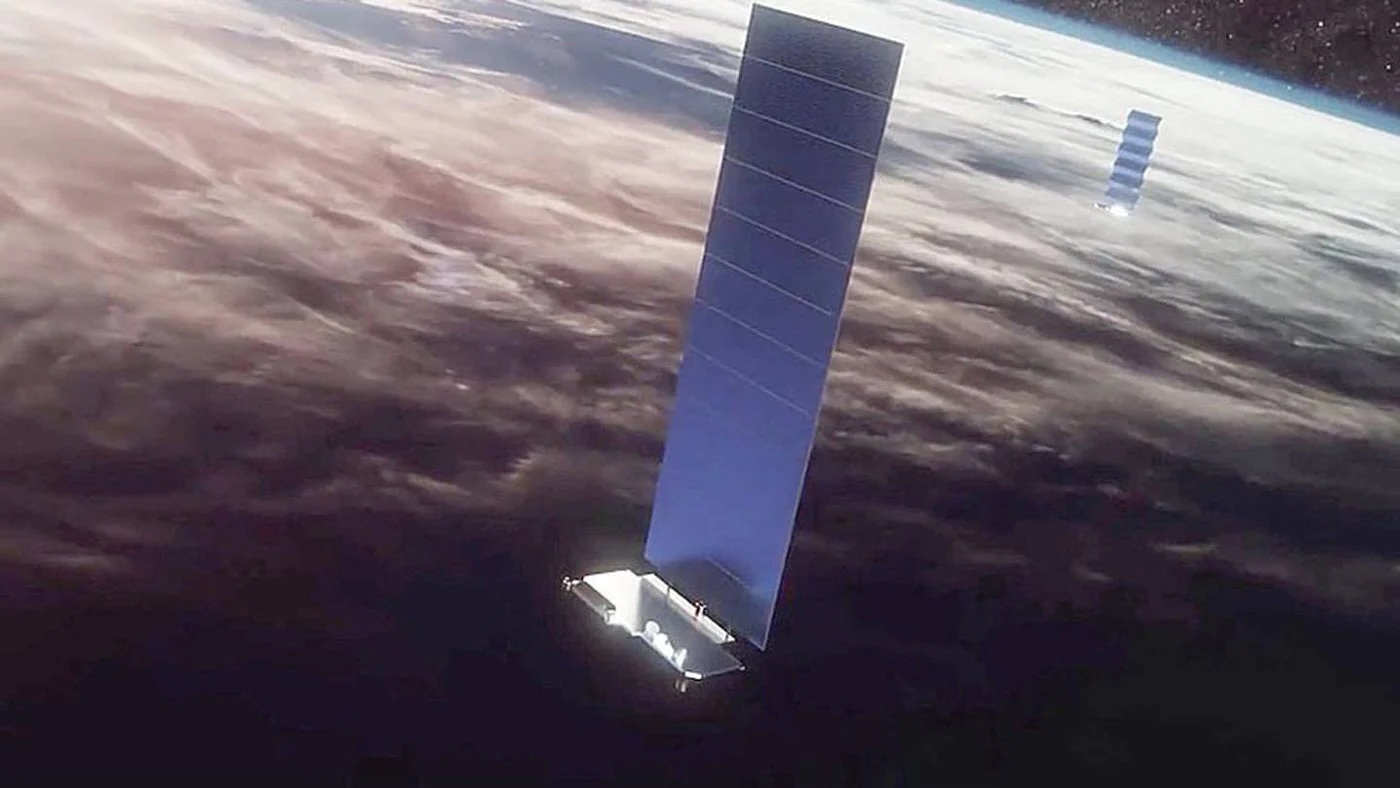
The second generation Starlink V2 Mini are 12 times less luminous than the first generation satellites, but they cause more trouble to the radio astronomers.
According to an article published today in Astronomy & Astrophysics, the observations with the LOFAR (Low Frequency Array) radio telescope last year showed that first generation Starlink satellites emit unintended radio waves that can hinder astronomical observations.
New observations with the LOFAR radio telescope, the biggest radio telescope on Earth observing at low frequencies, have shown that the second generation ’V2-mini’ Starlink satellites emit up to 32 times brighter unintended radio waves than satellites from the previous generation, potentially blinding radio telescopes and crippling vital research of the Universe.
Read more at Astron website: www.astron.nl/starlink-satellites/
